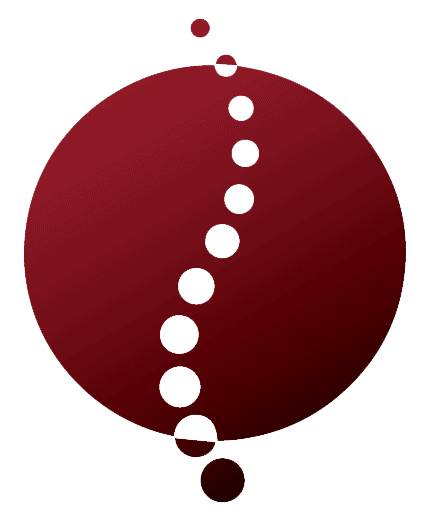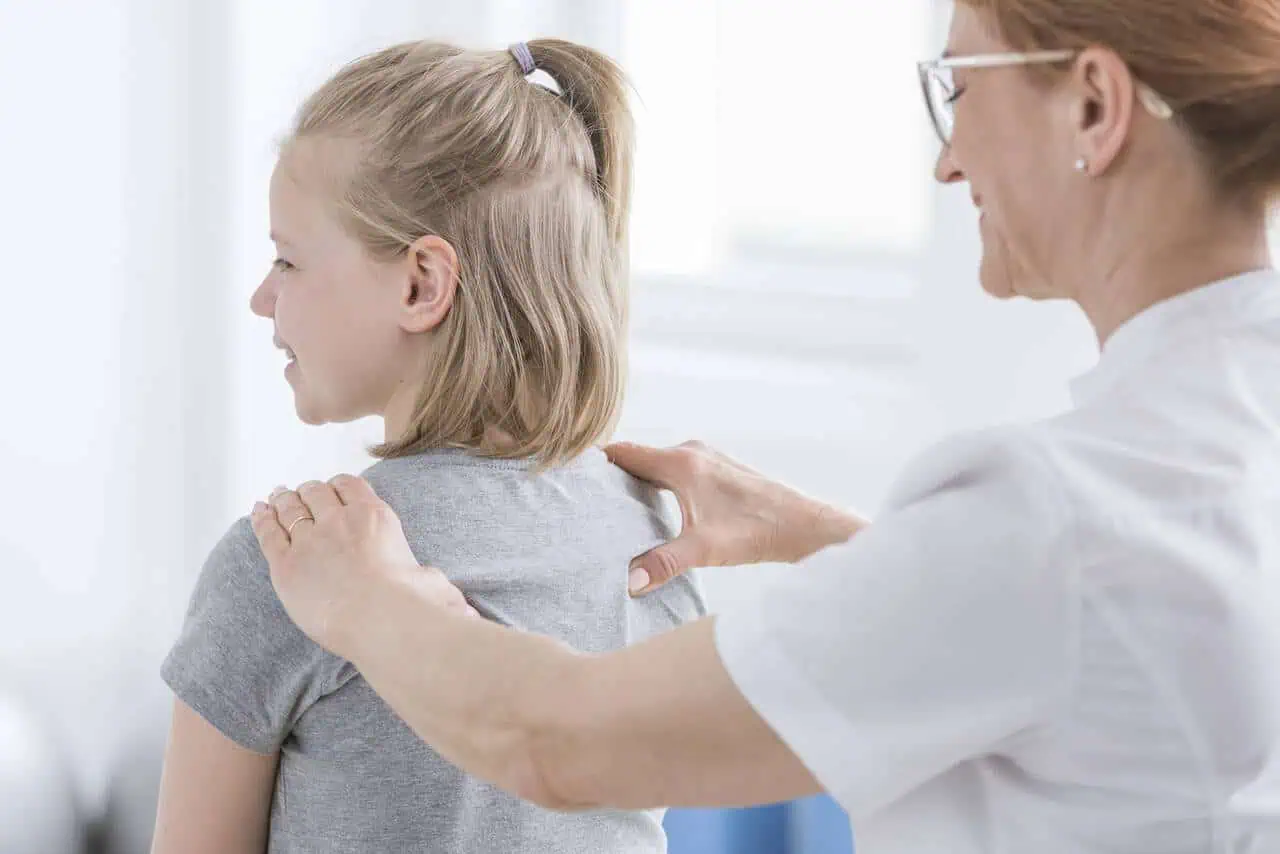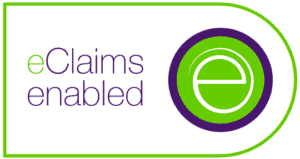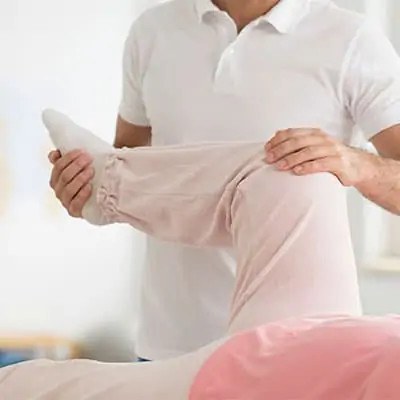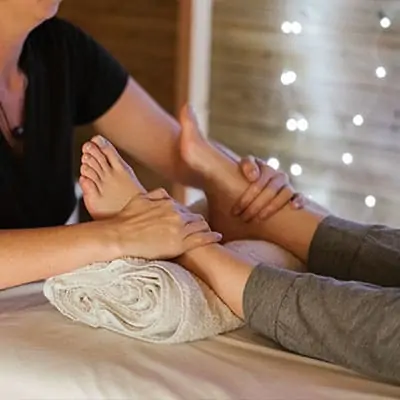Understanding Scoliosis in Children
What is Scoliosis?
Scoliosis is a medical condition where the spine curves sideways, forming a “C” or “S” shape. This curvature can affect various parts of the spine, including the thoracic (mid-back) and lumbar (lower back) regions. Scoliosis is often diagnosed during childhood or adolescence, a critical period for growth and development.
In children, scoliosis can range from mild to severe, and the curvature can progress as the child grows. Early detection and treatment are crucial to managing the condition and preventing further complications. For more information on scoliosis causes and risk factors, you can visit our detailed guide.
Types of Scoliosis in Children
Scoliosis in children can be categorized into several types, each with its unique characteristics and causes. Understanding these types can help in identifying the most appropriate treatment options.
- Idiopathic Scoliosis: The most common type, accounting for about 80% of cases. The exact cause is unknown, but it usually appears during adolescence. Idiopathic scoliosis is further divided into:
- Infantile Idiopathic Scoliosis: Occurs from birth to 3 years old.
- Juvenile Idiopathic Scoliosis: Affects children aged 4 to 10 years.
- Adolescent Idiopathic Scoliosis: Appears from 11 years old until growth is complete.
-
Congenital Scoliosis: Present at birth, caused by abnormal development of the vertebrae. This type can lead to more severe curvature and may require early intervention.
-
Neuromuscular Scoliosis: Associated with neurological or muscular conditions such as cerebral palsy, muscular dystrophy, or spinal cord injuries. The curvature is often more pronounced and may progress rapidly.
-
Syndromic Scoliosis: Linked to various syndromes like Marfan syndrome, Down syndrome, or other connective tissue disorders. The severity and progression depend on the underlying condition.
Here’s a table summarizing the types of scoliosis in children:
| Type | Description | Age Range | Causes |
|---|---|---|---|
| Idiopathic Scoliosis | Unknown cause, most common | Infantile (0-3 years), Juvenile (4-10 years), Adolescent (11+ years) | Unknown |
| Congenital Scoliosis | Present at birth | Birth onwards | Abnormal vertebrae development |
| Neuromuscular Scoliosis | Associated with neurological or muscular conditions | Varies | Conditions like cerebral palsy, muscular dystrophy |
| Syndromic Scoliosis | Linked to syndromes | Varies | Conditions like Marfan syndrome, Down syndrome |
Recognizing the type of scoliosis is essential for determining the most effective treatment plan. For more details on scoliosis types and their specific characteristics, you can read our comprehensive article.
Early diagnosis and intervention can significantly impact the long-term outlook for children with scoliosis. If you suspect your child may have scoliosis, consult with a healthcare professional for accurate scoliosis diagnosis and appropriate management.
Detecting Scoliosis in Children
Early detection of scoliosis in children is crucial for effective management and treatment. Understanding the signs, symptoms, and diagnostic methods can help you identify scoliosis in its early stages.
Signs and Symptoms
Recognizing the signs and symptoms of scoliosis early can make a significant difference. Here are common indicators to watch for:
- Uneven shoulders or shoulder blades
- One hip higher than the other
- Asymmetrical ribcage
- Leaning to one side
- Visible curve in the spine
- Clothes not fitting properly
It’s essential to monitor these signs closely. If you notice any of these symptoms, consult with a healthcare professional for further evaluation. For more detailed information on symptoms, visit our article on scoliosis symptoms.
Diagnosis and Screening
Diagnosing scoliosis involves several steps, starting with a physical examination and followed by imaging tests if necessary.
Physical Examination
During a physical exam, the doctor will look for asymmetries in the shoulders, hips, and ribcage. They may ask the child to bend forward, known as the Adam’s Forward Bend Test, to check for any abnormalities in the spine.
Imaging Tests
If scoliosis is suspected, imaging tests such as X-rays are used to confirm the diagnosis and determine the severity of the spinal curvature.
| Test Type | Purpose | Details |
|---|---|---|
| X-ray | Confirms diagnosis | Provides a clear image of the spine, showing the degree of curvature |
| MRI | Detailed imaging | Used if there are neurological symptoms present |
| CT Scan | 3D imaging | Offers a detailed view of the spine if further information is needed |
Early scoliosis screening in schools and during regular check-ups can lead to early detection and better management of the condition. For a deeper understanding of the diagnostic process, you can refer to our article on scoliosis diagnosis.
By being aware of the signs and symptoms and understanding the diagnostic methods, you can take proactive steps to ensure timely intervention and effective treatment for scoliosis in children.
Treatment Options for Children with Scoliosis
When it comes to treating scoliosis in children, there are several options available, depending on the severity of the condition. This section covers monitoring mild cases, bracing as a non-surgical treatment, and surgical interventions for severe cases.
Monitoring Mild Cases
For mild cases of scoliosis, regular monitoring is often recommended. This involves periodic check-ups to track the progression of the spinal curve. Early detection is crucial as it can help prevent the condition from worsening.
| Severity Level | Cobb Angle | Monitoring Frequency |
|---|---|---|
| Mild | 10° – 20° | Every 4-6 months |
| Moderate | 20° – 40° | Every 3-4 months |
| Severe | >40° | Immediate intervention |
For more information on the signs and symptoms of scoliosis, visit our article on scoliosis symptoms.
Bracing as a Non-Surgical Treatment
Bracing is a common non-surgical treatment for moderate scoliosis in children. The brace helps to prevent further curvature of the spine. It is most effective when the child is still growing.
| Brace Type | Usage Duration (hrs/day) | Effectiveness |
|---|---|---|
| Thoracolumbosacral Orthosis (TLSO) | 16-23 | Moderate to High |
| Cervico-Thoraco-Lumbo-Sacral Orthosis (CTLSO) | 16-23 | High |
Different types of braces are available, and the choice depends on the specific needs of the child. For more details on bracing, visit our article on scoliosis brace.
Surgical Interventions for Severe Cases
For severe cases of scoliosis, surgical intervention may be necessary. Surgery aims to correct the spinal curvature and stabilize the spine. The most common surgical procedure is spinal fusion.
| Surgery Type | Indicated Cobb Angle | Recovery Time |
|---|---|---|
| Spinal Fusion | >40° | 6-12 months |
| Growing Rods | >50° | Varies |
Surgery is generally considered when the curvature is greater than 40 degrees and continues to progress despite bracing. For more information on the different types of scoliosis and their treatments, visit our article on scoliosis types.
Understanding these treatment options can help you make informed decisions about managing scoliosis in children. Be sure to explore other related topics, such as scoliosis physical therapy and scoliosis exercises for kids, to support your child’s journey.
Importance of Early Intervention
Benefits of Early Detection
Early detection of scoliosis in children is crucial for managing the condition effectively. Recognizing the signs of scoliosis early allows for timely intervention, which can significantly improve the long-term outlook for your child. Early detection may:
- Reduce the need for more invasive treatments
- Improve the effectiveness of non-surgical options
- Allow for better monitoring of the condition’s progression
Regular scoliosis screening during a child’s growth spurts can help identify the condition before it worsens. Early intervention can also alleviate scoliosis pain and improve the child’s quality of life.
Preventing Progression of Scoliosis
Preventing the progression of scoliosis is a primary concern once the condition is detected. Various strategies can be employed to manage and control the curvature of the spine, especially during a child’s growth phases.
Monitoring and Regular Checkups
Regular visits to a healthcare provider are essential for monitoring the progression of scoliosis. Tracking changes in the curvature can help in adjusting treatment plans as needed. Consistent monitoring can prevent minor curvatures from developing into severe deformities.
| Stage | Frequency of Checkups |
|---|---|
| Initial Detection | Every 3-6 months |
| Mild Curvature | Every 6 months |
| Moderate to Severe Curvature | Every 3 months |
Bracing
For moderate cases of scoliosis, bracing is a common non-surgical treatment. A scoliosis brace can help to prevent the curvature from worsening, especially in children who are still growing.
| Curvature Degree | Bracing Recommendation |
|---|---|
| 20-25 degrees | Consider bracing |
| 25-40 degrees | Strongly recommended |
| Over 40 degrees | Surgical intervention may be considered |
Physical Therapy and Exercises
Incorporating scoliosis exercises and physical therapy into your child’s routine can also help in managing the condition. These exercises aim to strengthen the muscles around the spine, improve posture, and enhance flexibility. For more detailed exercises tailored for kids, visit our article on scoliosis exercises for kids.
Understanding the importance of early intervention can help you take proactive steps in managing scoliosis in children. By detecting the condition early and implementing appropriate treatments, you can significantly improve your child’s quality of life and prevent the progression of scoliosis.
Supporting Children with Scoliosis
Providing comprehensive support for children with scoliosis involves addressing their emotional well-being, incorporating physical therapy and exercises, and making necessary lifestyle adjustments. Here’s how you can help your child thrive despite their condition.
Emotional Support
Children with scoliosis often face emotional challenges, including self-esteem issues and anxiety. Offering emotional support is crucial for their overall well-being. Encourage open communication where they can express their feelings and concerns. Support groups, either in-person or online, can provide a sense of community and belonging. Professional counseling may also be beneficial in helping them navigate their emotions.
Physical Therapy and Exercises
Physical therapy plays a significant role in managing scoliosis in children. A qualified physical therapist can design a personalized exercise regimen to strengthen the muscles supporting the spine, improve posture, and reduce discomfort. Regular exercises tailored for scoliosis can help maintain flexibility and prevent the progression of the curvature.
Here are some common exercises for children with scoliosis:
| Exercise | Benefits |
|---|---|
| Pelvic Tilts | Strengthens lower back and abs |
| Cat-Cow Stretch | Improves flexibility in the spine |
| Child’s Pose | Stretches the lower back |
| Wall Angel | Enhances posture and shoulder mobility |
For more detailed exercises, visit our article on scoliosis exercises for kids.
Lifestyle Adjustments
Making lifestyle adjustments can significantly impact the quality of life for children with scoliosis. Ensuring they maintain a healthy weight through proper nutrition can alleviate additional strain on the spine. Activities that promote good posture and spinal alignment, such as swimming or yoga, can be beneficial.
It’s also important to create an ergonomic study and sleep environment. Properly fitting backpacks and supportive mattresses can minimize strain on the spine. Encouraging regular breaks from sitting and promoting active play can further support their spinal health.
For more tips on managing scoliosis through lifestyle changes, check out our article on scoliosis management.
By addressing the emotional, physical, and lifestyle needs of children with scoliosis, you can help them lead a healthier, more confident life.
Looking Ahead: The Future for Children with Scoliosis
Long-Term Outlook
For children diagnosed with scoliosis, the long-term outlook can vary based on the severity and type of scoliosis, as well as the effectiveness of the treatment. Early detection and intervention play a crucial role in improving outcomes. Many children with mild scoliosis lead normal, active lives with minimal restrictions. Regular monitoring and appropriate treatment can prevent the condition from worsening.
| Severity | Outlook |
|---|---|
| Mild | Normal life with regular monitoring |
| Moderate | May require bracing, regular check-ups |
| Severe | Possible surgical intervention, close monitoring |
The goal of treatment is to prevent progression and to maintain function and quality of life. With advancements in medical technology and a better understanding of the condition, the prognosis for children with scoliosis continues to improve. For more information on different types of scoliosis, visit our article on scoliosis types.
Research and Innovations in Scoliosis Treatment
The field of scoliosis treatment is continually evolving, with ongoing research and innovations aimed at improving outcomes for children with this condition. Some key areas of focus include:
-
Improved Bracing Techniques: Advances in brace design and materials have led to more effective and comfortable braces for children. Modern braces are less restrictive and can be custom-fitted to the individual, improving compliance and outcomes. Learn more about bracing as a treatment option in our article on scoliosis brace.
-
Minimally Invasive Surgery: Innovations in surgical techniques have resulted in less invasive procedures with shorter recovery times. These techniques aim to correct spinal curvature while preserving as much mobility as possible. For severe cases, surgery remains a viable option, and new methods continue to enhance the safety and efficacy of these procedures.
-
Genetic Research: Understanding the genetic factors that contribute to scoliosis can lead to earlier detection and personalized treatment plans. Researchers are exploring the genetic markers associated with scoliosis to develop targeted therapies.
-
Physical Therapy and Exercises: Ongoing research into the role of physical therapy and specific exercises is helping to develop programs that can prevent progression and improve spinal alignment. For exercises tailored to children with scoliosis, visit our article on scoliosis exercises for kids.
-
Wearable Technology: The development of wearable devices that monitor spinal curvature and provide real-time feedback is an exciting area of innovation. These devices can help track the effectiveness of treatments and ensure that the spine remains aligned throughout the day.
The future for children with scoliosis looks promising, with continuous advancements in diagnosis, treatment, and management. By staying informed about the latest research and innovations, you can ensure that your child receives the best possible care. For more information on managing scoliosis, explore our article on scoliosis management.
